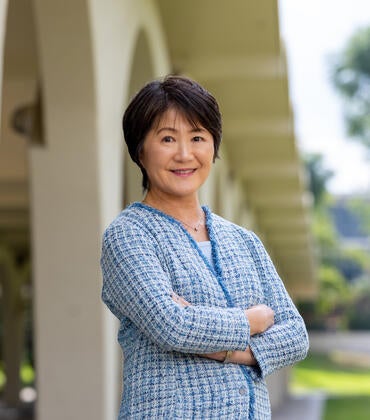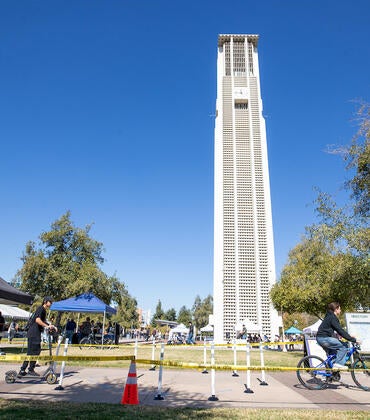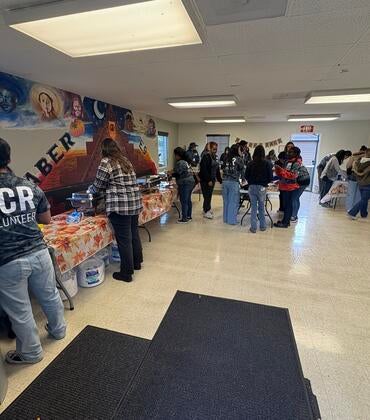Since 1959, UC Riverside has named many of its building after geographical locations in Scotland.
But the university will look to the Inland region’s Native American roots for inspiration when it comes to naming student housing buildings and other facilities that are part of the North District project.
The project, located on a 50-acre site on the northern part of the campus, just north of Linden Street, began construction last fall.
It’s the largest-ever housing expansion in the campus’ history, expected to deliver 5,200 new student housing beds upon completion of the final phase. The first phase, expected to be finished in 2021, will provide 1,500 beds.
Last year, Chancellor Kim A. Wilcox created the North District Project Ad-Hoc Naming Committee to develop a naming policy and recommend names for each building and outdoor space.
Brian Haynes, vice chancellor of Student Affairs and chair of the committee, said there has been an ongoing conversation on campus to find ways to recognize the area’s indigenous peoples.
“The chancellor and the leadership team thought this would be a great opportunity as we embarked on the North District project to recognize the indigenous people that are an important part of this region,” Haynes said.
The committee includes students, faculty, staff, and community representatives including Native Americans.
Clifford Trafzer, a distinguished professor in UCR’s history department and the Rupert Costo Chair in American Indian Affairs, is one of the members of the committee.
He shared a short regional history for his colleagues, describing Riverside as sitting in “the heart of Indian country.”
Many diverse groups of Indian tribes, bands, and villages were located in Southern California including the Cahuilla and Tongva tribes in Riverside and the Serrano in Corona, San Bernardino, Hemet, and the High Desert, Trafzer said.
He suggested buildings could be named for those three tribes.
Trafzer recalled the ceremony in the 1990s when the student services building was named for Costo, a prominent Cahuilla scholar. He said it’s important to recognize the first people who lived in this region.
“In this way, we honor our indigenous past on lands now the home of UCR,” Trafzer said. “We are all guests of the Cahuilla, Tongva, and Serrano people and our Indian neighbors all around us from the Mexican border to the Central Valley and from the Pacific Ocean to the Colorado River — a place we call Southern California today.”
Valeria Orué, a doctoral student in the Graduate School of Education and a student representative on the committee, said she was excited by the chance to take part in a groundbreaking opportunity. It’s not only about naming new buildings but creating a policy for future leaders to follow in recognizing the area’s rich cultural history, she said.
“I think it’s a great way to kickstart a new tradition,” she said. “The campus has always been about keeping tradition and history alive. This is really what the history of UCR is.”
As part of the process, committee members will be visiting with local tribes to hear their suggestions.
“It’s them educating us and giving us the opportunity to learn why these names are so important for them,” Orué said.
The committee expects to generate a list of names for each facility and space that it will take to Wilcox for final approval.
Haynes said the committee will continue its discussions through the winter quarter and make recommendations to Wilcox no later than the spring quarter.
The policy isn’t the only way the campus is looking to recognize indigenous tribes. Following the recommendation of the Chancellor’s Native American Advisory Committee, the campus is developing a land acknowledgement statement for native people and their lands.
“On a number of levels, we want that to be a living, breathing acknowledgement,” Haynes said. “This is one way we feel we can bring a connection and acknowledgement back to some of the indigenous people who populated this land long ago.”




